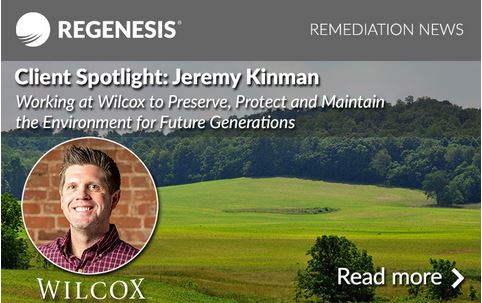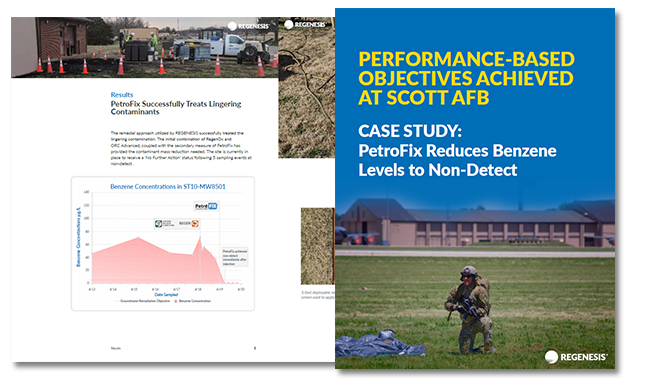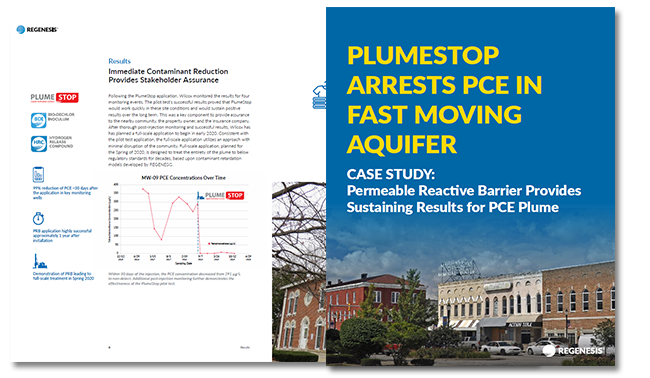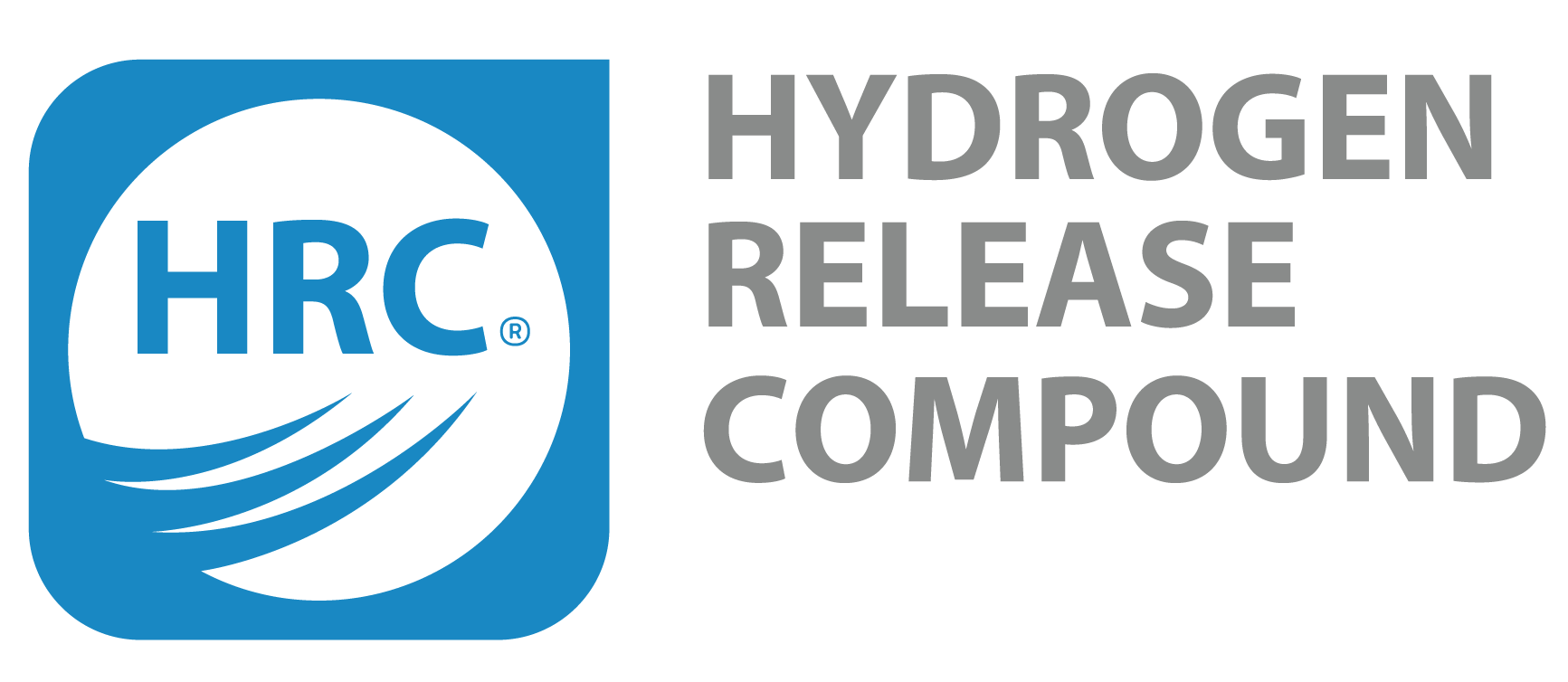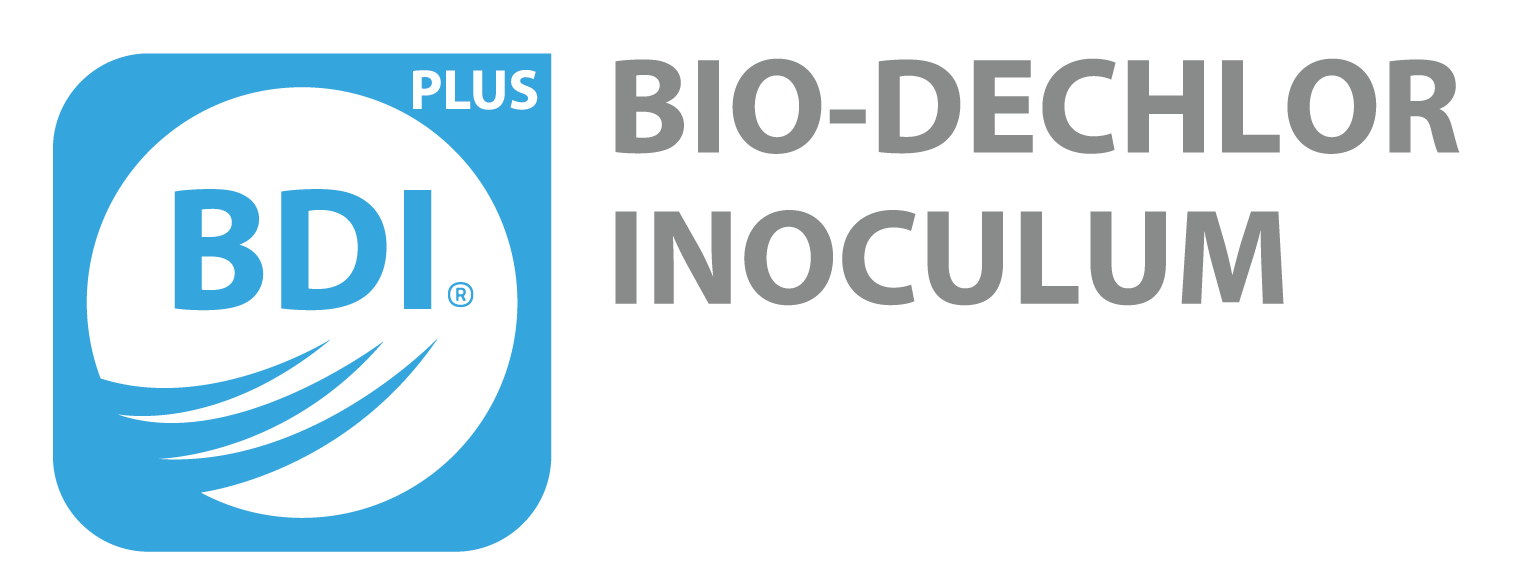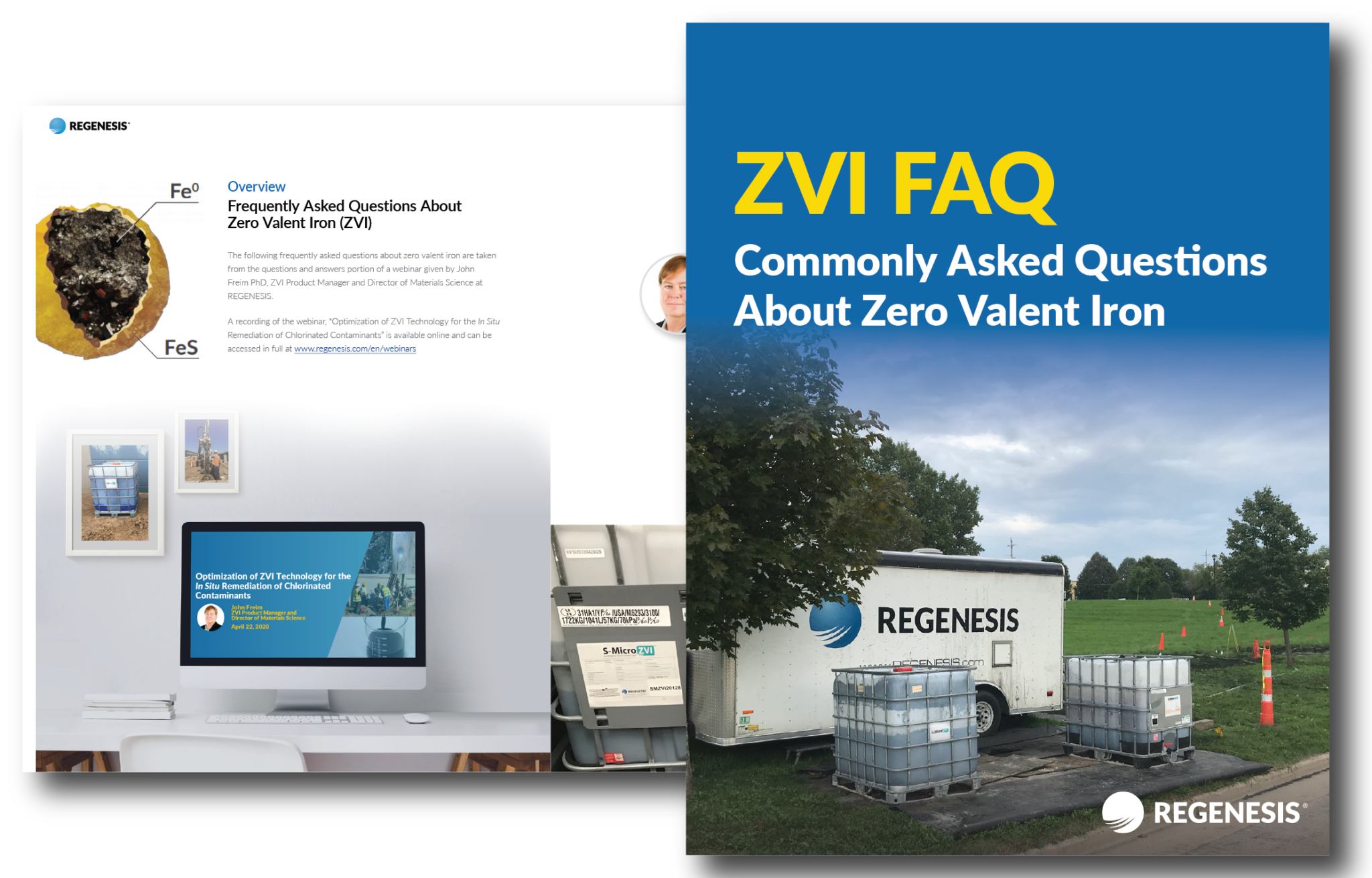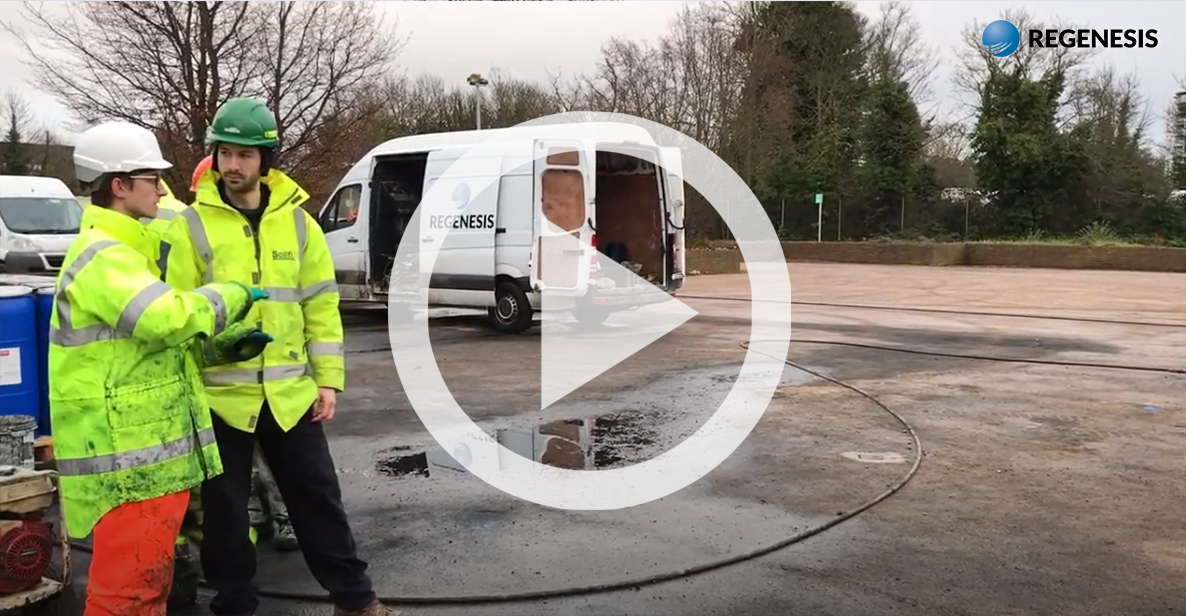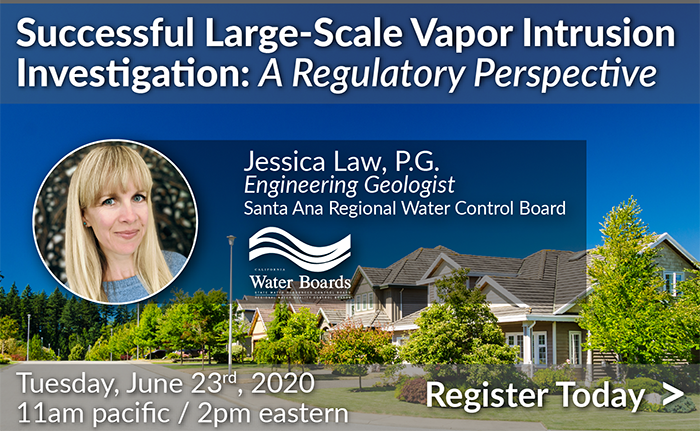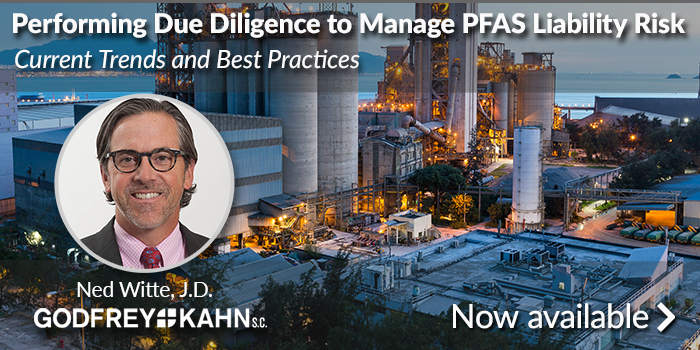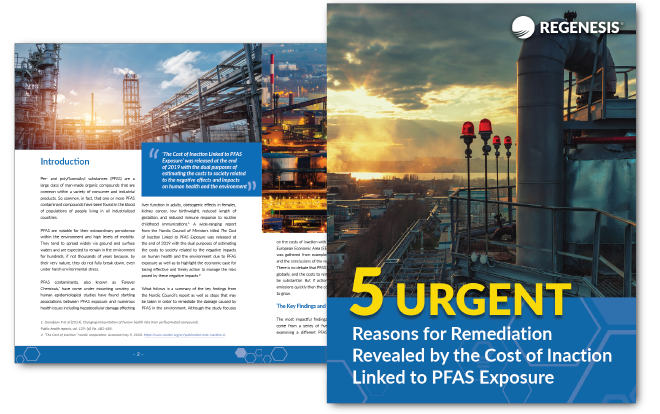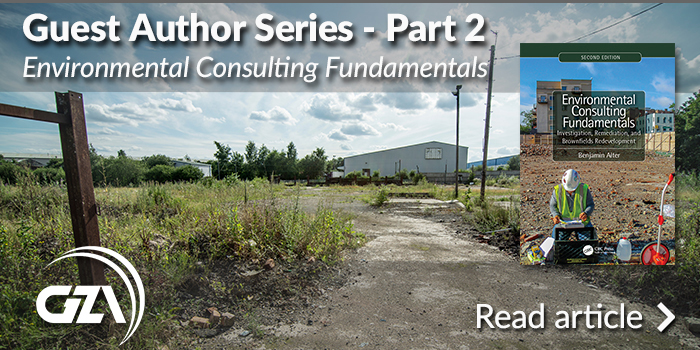June 2020 Newsletter
Client Spotlight: Jeremy Kinman
Jeremy Kinman is Associate Technical Director for Wilcox Environmental Engineering, Inc. Kinman realizes his work is indeed benefitting our planet, while also providing him with a role that is both rewarding and challenging. He shares, “One of the more rewarding aspects of my job is being in a position to assist a client with property redevelopment or obtaining an incident closure letter from the state regulatory agency.” At Wilcox, he started in the field and then transitioned into a project manager role and began designing work plans for investigation and remediation activities for projects he directly managed. Learn more in our client spotlight.
Subscribe To Our Monthly Newsletters
Performance-Based Objectives Achieved at Scott AFB
This case study reviews the Corrective Action Plan (CAP) at Scott Air Force Base, a large military base located in Southwestern Illinois that was contaminated with petroleum impacted soil. One month following the application of PetroFix®, contaminant levels reached non-detect. Benzene continued to remain non-detect through March 2020 and the site was recommended for no further action.
PlumeStop Arrests PCE in Fast Moving Aquifer
Turn Polluted Aquifers into Purifying Filters with PlumeStop
PlumeStop Liquid Activated Carbon is a break-through groundwater remediation technology that reduces dissolved phase contaminant plumes in days. Composed of extremely fine particles of activated carbon (1‐2μm) suspended in water through a proprietary dispersion chemistry, PlumeStop flows into the subsurface at low pressure and achieves consistent, reliable distribution – a capability unlike any other form of activated carbon used for groundwater remediation today.
Low-cost Bioremediation of Chlorinated Solvents
HRC is an engineered, hydrogen release compound designed specifically for enhanced, in situ anaerobic bioremediation of chlorinated compounds in groundwater or highly saturated soils. HRC enables enhanced anaerobic biodegradation by adding hydrogen (an electron donor) to groundwater and/or soil to increase the number and vitality of indigenous microorganisms able to perform the naturally occurring process of enhanced reductive dechlorination. Due to its capability of being applied via permanent wells, direct-push, and excavations, this reagent allows for clean, low-cost, non-disruptive application.
Accelerated Treatment of Intermediate Compounds
Bio-Dechlor INOCULUM Plus (BDI Plus) is designed to provide rapid and effective treatment of undesirable anaerobic dechlorination intermediates such as dichloroethene (DCE) and vinyl chloride (VC), and is a low-cost means of enhancing the anaerobic biodegradation process. Once in place, this microbial consortium accelerates the rate of chlorinated contaminant degradation from parent compounds to intermediates like DCE and VC and completely through to harmless end products such as ethene and ethane. It is highly compatible with a range of electron donors.
eBook: Zero-Valent Iron Frequently Asked Questions (FAQ)
The following frequently asked questions about zero-valent iron (ZVI) are taken from the questions and answers portion of a webinar given by John Freim PhD, ZVI Product Manager and Director of Materials Science at REGENESIS. Dr. Freim discussed the benefits of using zero valent iron as a powerful remediation amendment for the in situ remediation of chlorinated solvents. To learn about how ZVI works and the benefits of sulfidation, download the eBook.
Integrated Remediation of a Mixed Pesticides, TPH and VOC Plume at a Former Industrial Site in United Kingdom
This video explains the in situ remediation at a former industrial site of significant groundwater contamination: petroleum hydrocarbons, volatile organic compounds including BTEX, trimethylbenzene, and a mix of organochlorine pesticides, including pentachlorophenol, Lindane (gamma-HCH) and Dieldrin. An environmental solution consisting of multiple in situ remediation approaches was designed and implemented to meet the groundwater cleanup targets required as part of the property lease surrender process. Soilfix worked closely with REGENESIS on this challenging project. Great results were achieved within a tight time-scale on behalf of the FTSE100 company and their consultant Ramboll, resulting in successfully achieving the client’s project goals.
Upcoming Vapor Intrusion Webinar – Sign Up Today!
In this webinar we are pleased to have a special presentation from Jessica Law, PG, Engineering Geologist and Case Manager for the Santa Ana Regional Water Quality Control Board. This presentation will discuss a case study outlining the largest residential vapor intrusion investigation in California at the site of a former aerospace manufacturer. Joining Ms. Law will be Thomas Szocinski, CEP, Land Science Director of Vapor Intrusion, who will share effective approaches to mitigating vapor intrusion on sites like the one discussed in the featured case study. This free webinar begins Tuesday, June 23rd, 2020 at 11am pacific/2pm eastern.
PFAS Webinar Recording Now Available!
In this webinar we were pleased to have a special presentation from Ned Witte, Attorney at Godfrey & Kahn, S.C. Ned’s presentation discussed current trends and best practices for performing due diligence to manage PFAS liability risk. He will be joined by Ryan Moore, PFAS Program Manager at REGENESIS, who discussed proven, low-cost in situ remediation solutions to mitigate risk from PFAS contamination in groundwater. The recording of this webinar is available now.
NOTE: This webinar has been approved for Continuing Legal Education (CLE) by the Supreme Court of Ohio Commission on Continuing Legal Education.
A New Resource for Your End User Clients
This eBook outlines 5 reasons remediation of PFAS contaminated sites is vital to both human health and the global economy. Based on a wide-ranging report from the Nordic Council of Ministers entitled The Cost of Inaction Linked to PFAS Exposure, the report had the dual purposes of estimating the costs to society related to the negative impacts on human health and the environment due to PFAS exposure as well as to highlight the economic case for taking effective and timely action to manage the risks posed by these negative impacts. This eBook provides key takeaways from the report as well as highlighting cost-effective measures that communities can consider to treat PFAS liability and risk.
Guest Author Series – Part 2
REGENESIS is pleased to present an environmental article series from guest author, Benjamin Alter, leading environmental science author and Senior Vice President with GZA GeoEnvironmental, Inc. In this four-part series, Ben will provide an in-depth look at Brownfields. The second article is available now.
Questions?
REGENESIS has remediation experts based worldwide to assist you in your brownfield site cleanup. As the technology leader in advanced bioremediation solutions, we can help ensure success on your next remediation project. Use the map on our website to find your regional REGENESIS contact today.


